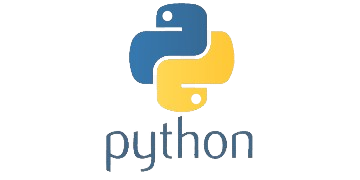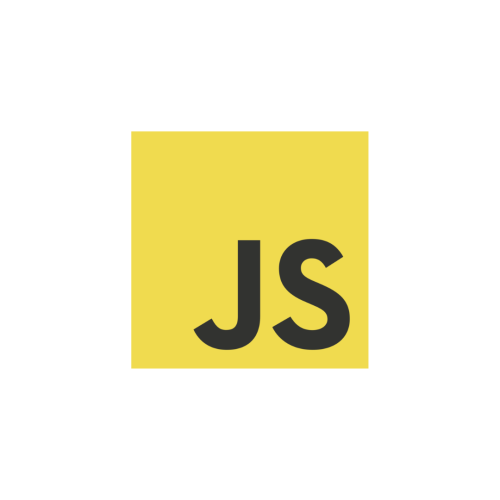back-end technologies
Revolutionize your application with the latest back-end technologies
Go, also known as Golang, is an open-source, compiled, and statically typed programming language designed by Google. It is built to be simple, high-performing, readable, and efficient. Go is used for various applications such as server-side (backend) programming, game development, cloud-based programming, and even data science. It is also popular for making command-line tools. Today, many tech giants use Go like Google, Netflix, Twitch, Ethereum, Dropbox, Kubernetes, Docker, Heroku, and lots more. For instance, cloud-based programming is one of the main reasons why Go was designed. Therefore, companies like Dropbox, which owes a large share of its success to Python, started exploring ways to scale systems in a more efficient manner. The ability to develop applications for different platforms simultaneously makes Go an attractive choice for businesses, as it can save development costs and accelerate the app development process.Read More…
Python is a versatile, high-level programming language known for its simplicity and readability. It offers a wide array of libraries and frameworks, making it suitable for various applications, including web development, data analysis, artificial intelligence, and automation. In a company, Python serves as a powerful tool for developing scalable web applications, building robust data analytics pipelines, creating AI-driven solutions, and automating repetitive tasks. Its ease of use and extensive community support make it an ideal choice for enhancing productivity, accelerating development cycles, and addressing diverse business needs efficiently. Read More…
Node.js is a powerful, open-source, server-side JavaScript runtime environment that enables companies to build scalable, high-performance applications. Leveraging its event-driven architecture and non-blocking I/O operations, Node.js allows for efficient handling of multiple client requests concurrently. Companies utilize Node.js to develop real-time applications, APIs, microservices, and server-side applications, benefiting from its versatility, speed, and ability to unify frontend and backend development using JavaScript. Its rich ecosystem of packages and libraries enhances developer productivity, making it a preferred choice for building robust, scalable software solutions across various industries. Read More…
Ruby on Rails, often referred to as Rails or RoR, is an open-source web application framework written in the Ruby programming language. It’s designed to simplify and accelerate web development by emphasizing convention over configuration, allowing developers to write less code and focus more on creativity and productivity. Companies use Ruby on Rails for its robustness in building scalable and maintainable web applications efficiently. Its conventions, predefined structures, and a vast array of libraries and tools enable rapid development, making it an ideal choice for startups and enterprises alike. RoR facilitates the creation of feature-rich, dynamic websites or applications, offering flexibility and agility to meet evolving business needs. Read More…
JavaScript is a versatile programming language primarily used for creating dynamic and interactive web content. Companies employ JavaScript extensively to enhance user experiences on websites and web applications. It allows for the creation of responsive interfaces, interactive elements, and dynamic functionalities that enrich user engagement. JavaScript is integral to various web development tasks, such as handling user inputs, manipulating web page elements, enabling animations, and facilitating data retrieval from servers. Companies leverage its capabilities to build feature-rich, client-side applications that run seamlessly across different browsers, driving user satisfaction and facilitating a more engaging online presence. Read More…




